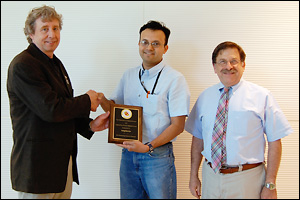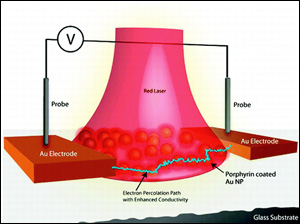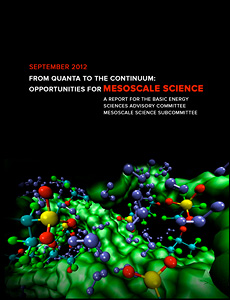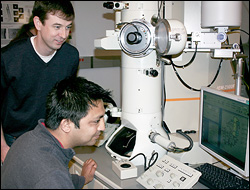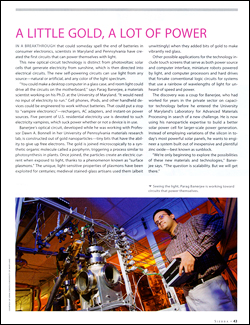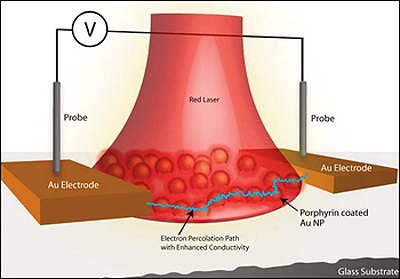News Story
Rubloff Team Invention of the Year Could Revolutionize Electronics
The electrostatic nanocapacitors created by Department of Materials Science and Engineering (MSE) professor Gary Rubloff and his collaborators, which recently received an Invention of the Year Award from the UM Office of Technology Commercialization, could revolutionize the way our electronic devices are powered and manufactured.
The invention, which has been featured in Nature Nanotechnology, is a nanoscale version of a very common electrical device, the electrostatic capacitor, which can store energy as an electrical charge. The new nanocapacitors have two advantages over current technology: they store up to ten times more energy, and they cost far less to manufacture.
Similar devices are already used in semiconductors for information storage (such as DRAM memory), but these require very expensive manufacturing facilities and equipment for patterning the tiny structures on microchips.
"For energy applications, product manufacturing must be cheap," Rubloff explains. "Instead of constructing the sophisticated patterning of tiny features we'd usually require to create DRAM chips for computers, we employed phenomena that nature gives us for free. One example is the self-assembly of nanopores during the electrochemical formation of anodic aluminum oxide (AAO) from aluminum. Another is the self-limiting reaction of molecules on surfaces, the heart of atomic layer deposition (ALD). These methods allow us to create massive arrays of nanodevices—about 100 billion in a square inch—and we make them all work together."
Rubloff believes the methods used to create the electrostatic nanocapacitors are as important as the devices themselves, because they have much broader applications.
"We're using the same techniques to create other electrical energy storage devices, such as electrochemical supercapacitors and batteries, and we anticipate further applications in the production of solar cells. We believe that massive arrays of nanostructures will become a major theme for next-generation energy applications."
The team's commitment to the project, and its ongoing success, has lead them to establish a new a Department of Energy (DOE) Energy Frontier Research Center called Nanostructures for Electrical Energy Storage (NEES). They have also been inspired to pursue the commercialization of their products.
In addition to Rubloff, the research group includes Parag Banerjee (graduate student, MSE), Laurent Henn-Lecordier (Ph.D. '09 and postdoctoral research assistant), Associate Professor Sang Bok Lee (Department of Chemistry and Biochemistry), and Israel Perez (Ph.D. '09).
For More Information:
Visit Professor Rubloff's web site »
Visit the NEES web site »
Visit the University of Maryland Energy Research Center web site »
Published May 4, 2010
